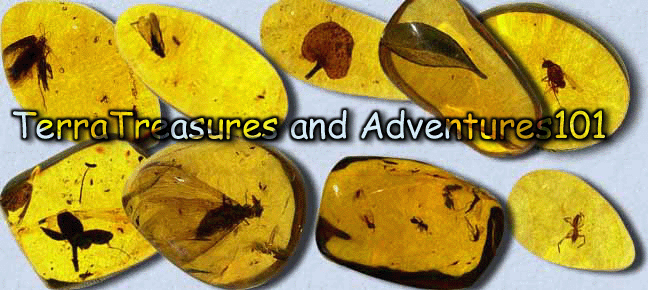
A101 SH11 A very rare self collected Willemite and
Calcite stone from the 180' level of the Sterling Hill Mine
we collected this stone on the 180' level of the Sterling Hill Mine
in the early 1990's and humped it out of the mine in our backpak
from the world famous Sterling Hill Mine in Ogdensburg New Jersey
weighing 8.67 pounds
measuring 10 x 9 x 4 inches
to view a short video click on the image below
_______________________________
The below photos are of my brother Rich and I taken
underground in the Sterling Hill Mine in the early 1990's
_______________________________
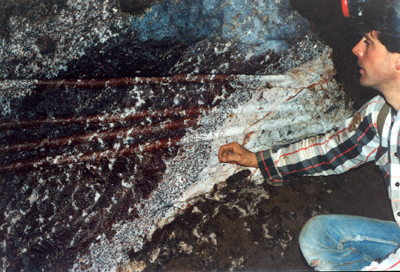 |
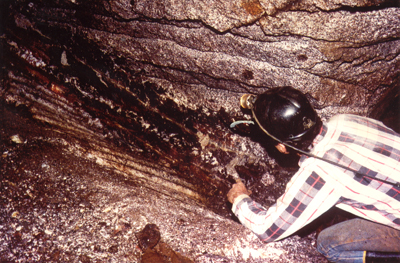 |
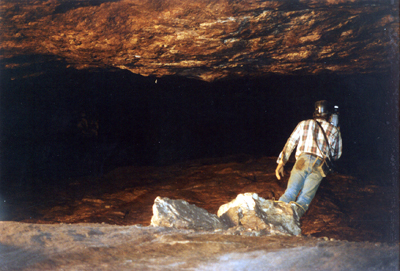 |
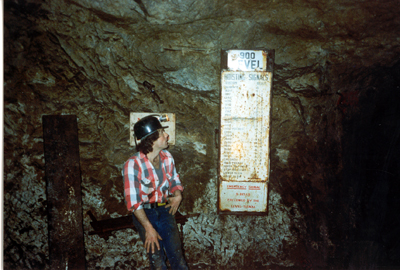 |
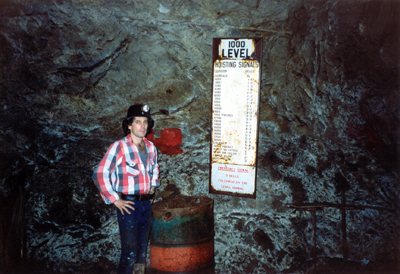 |
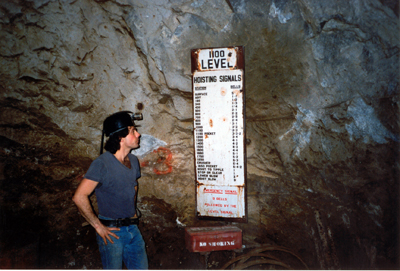 |
 |
 |
 |
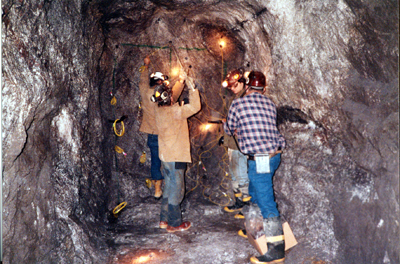 |
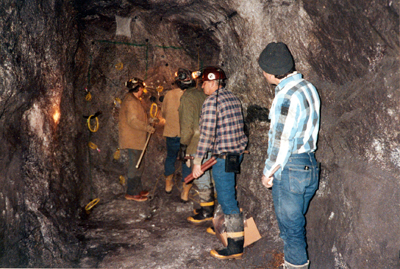 |
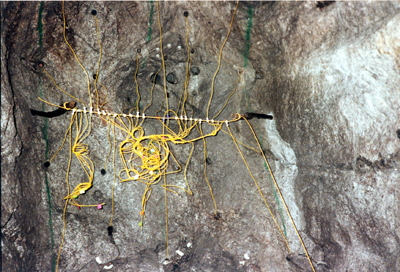 |
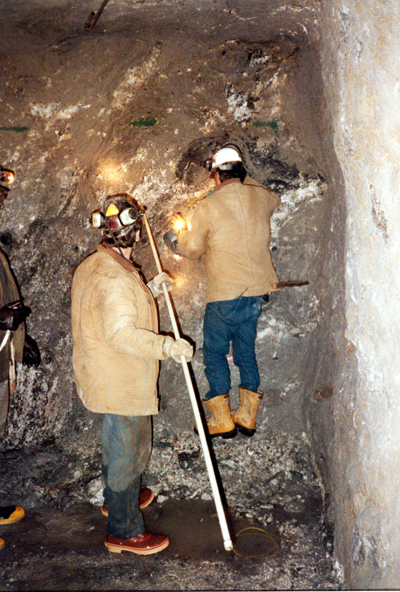 |
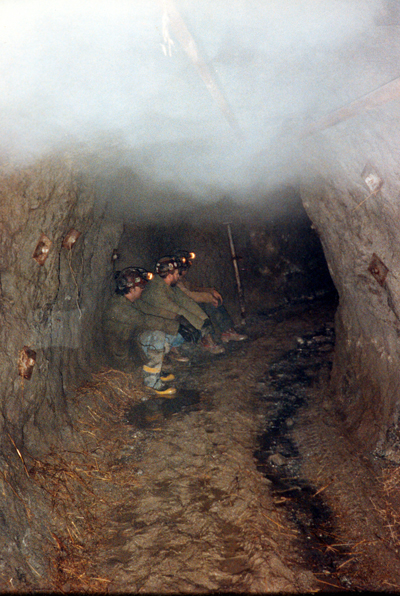 |
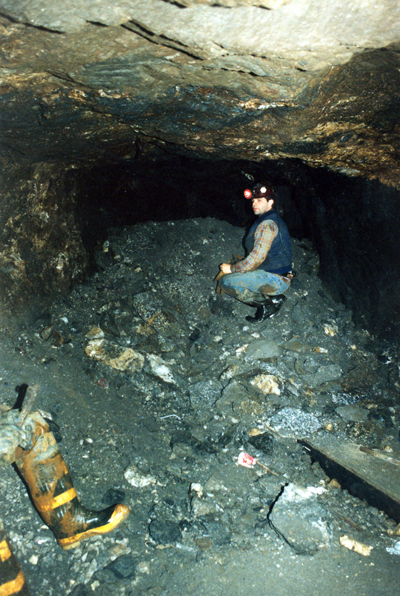 |
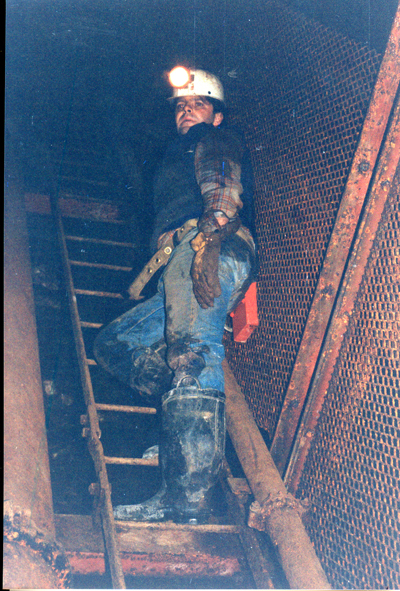 |
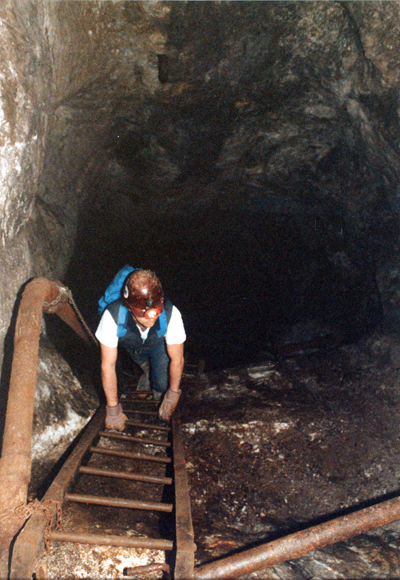 |
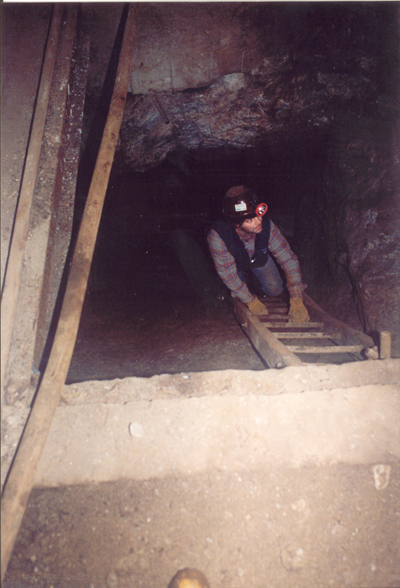 |
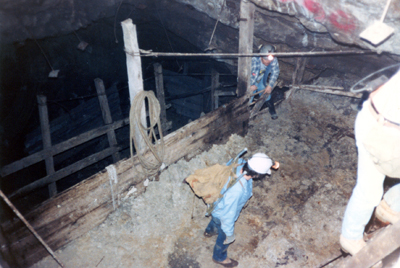 |
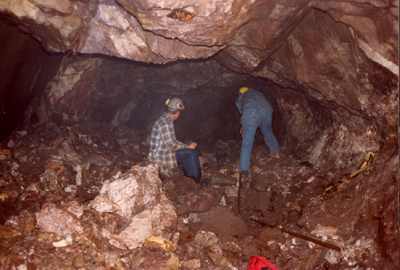 |
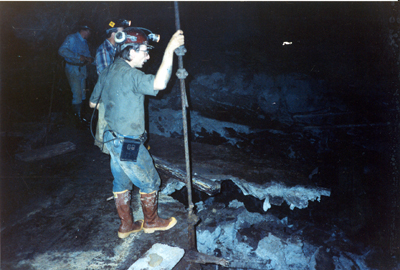 |
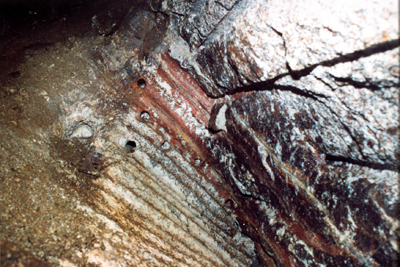 |
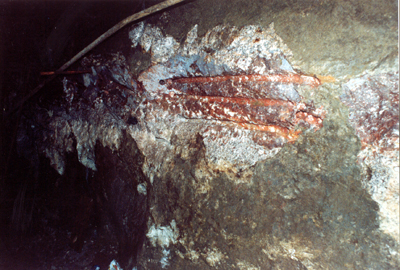 |
 |
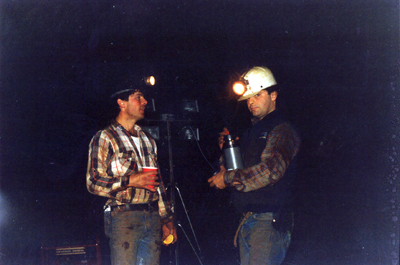 |
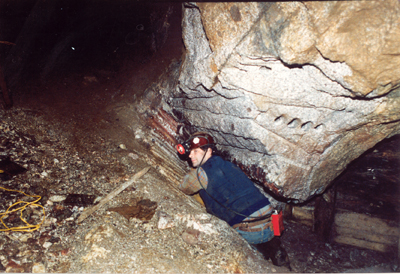 |
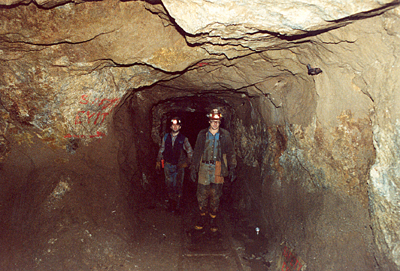 |
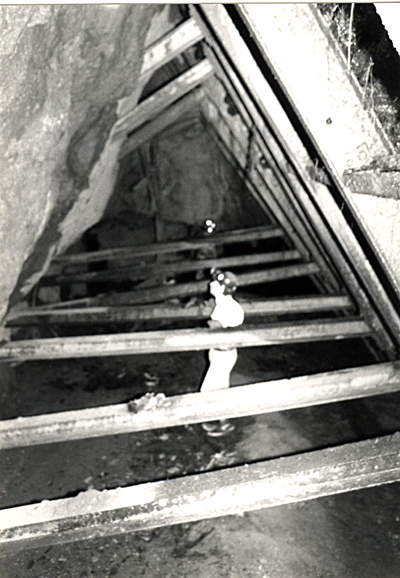 |
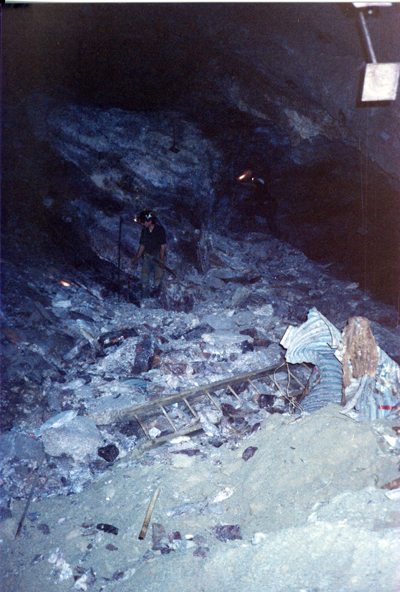 |
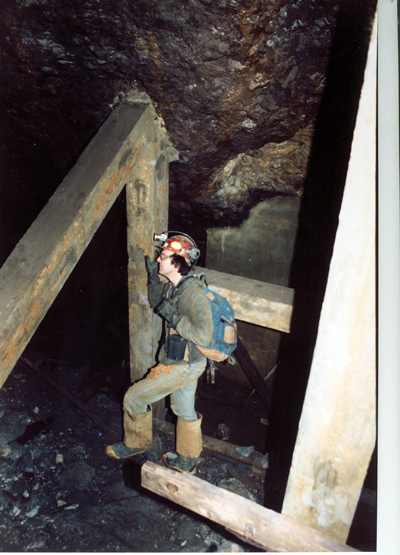 |
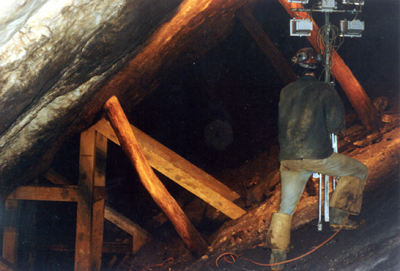 |
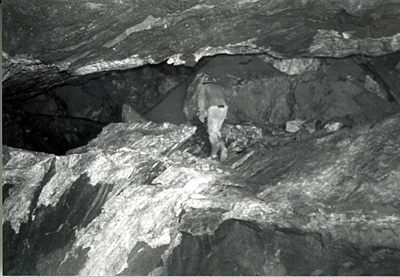 |
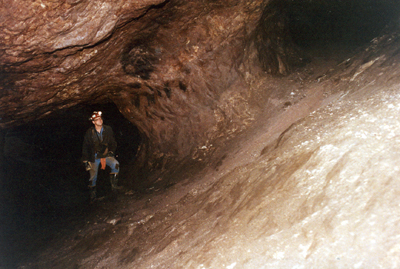 |
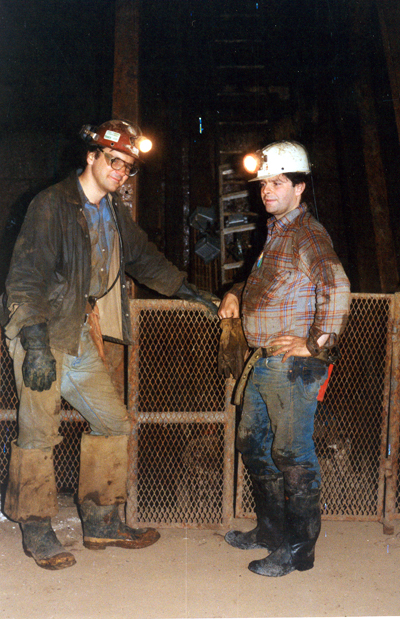 |
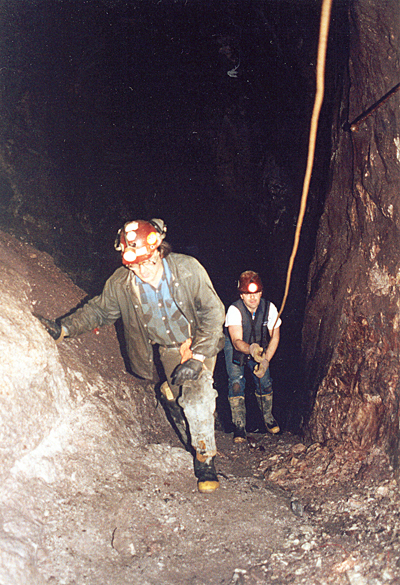 |
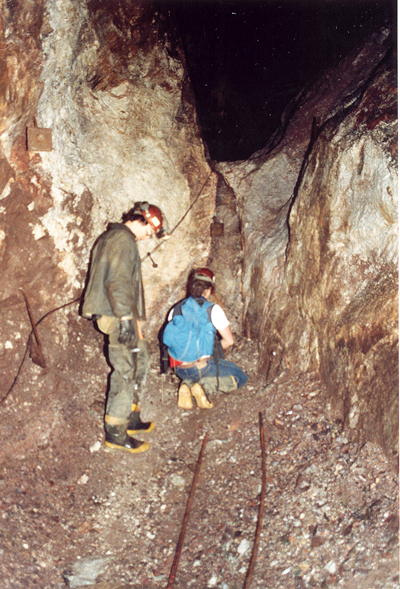 |
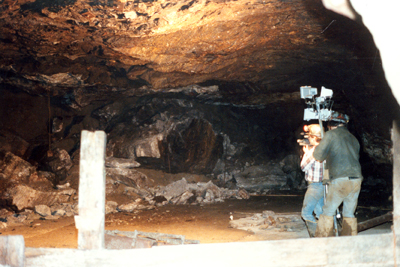 |
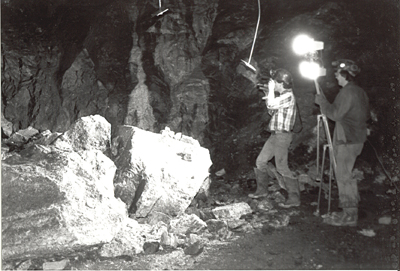 |
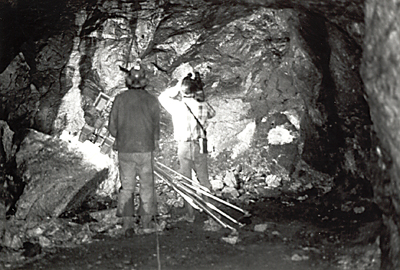 |
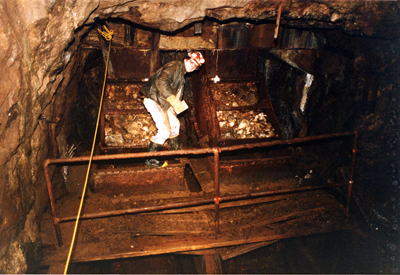 |
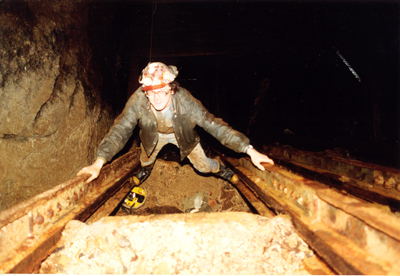 |
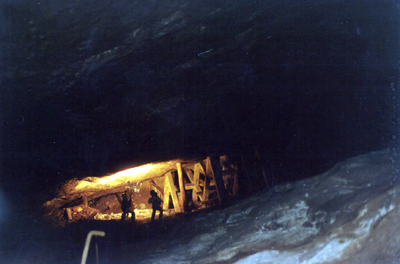 |
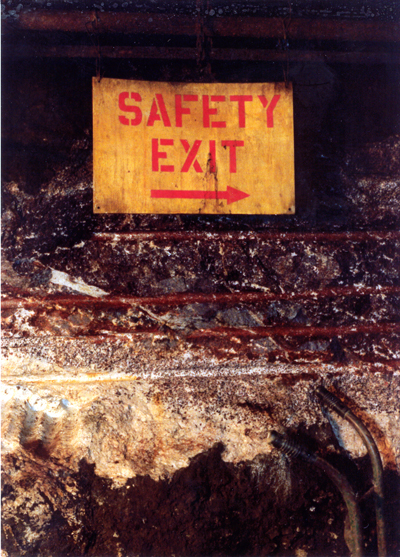 |
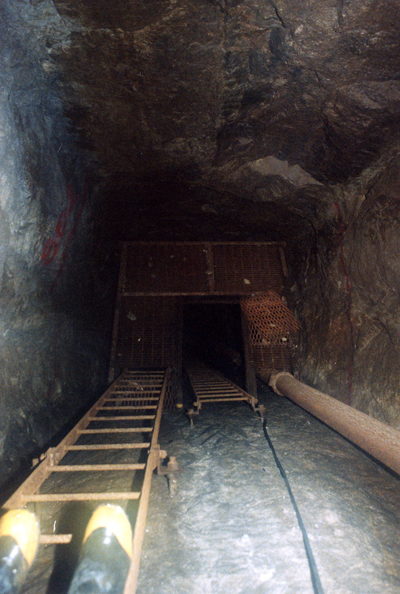 |
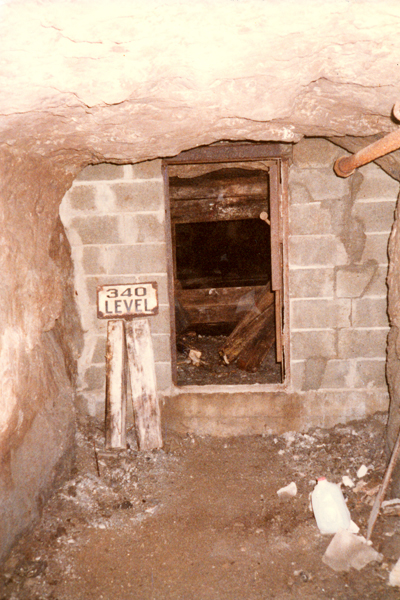 |
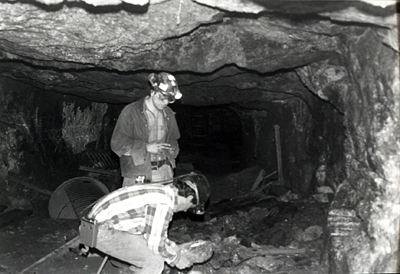 |
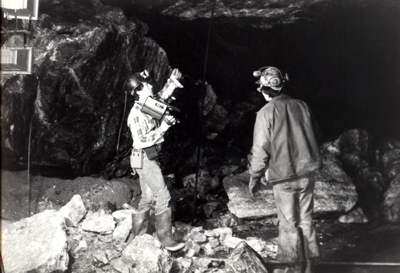 |
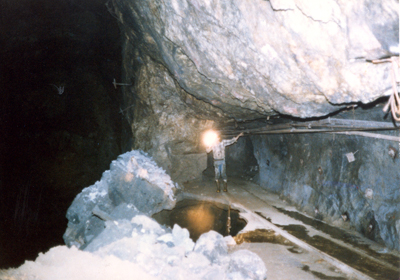 |
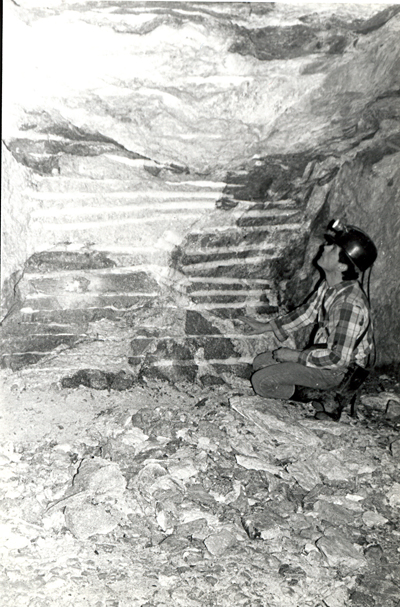 |
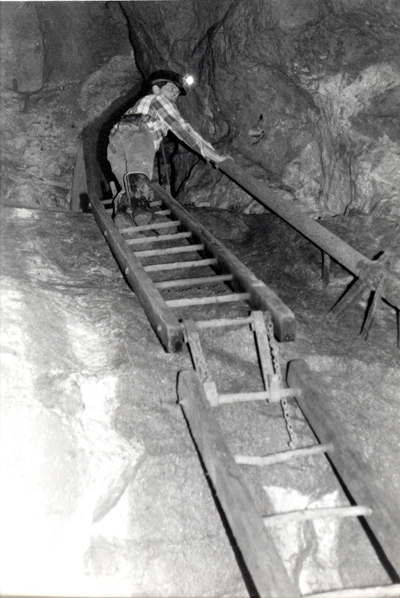 |
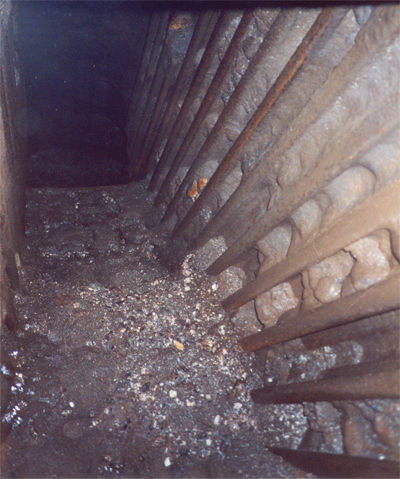 |
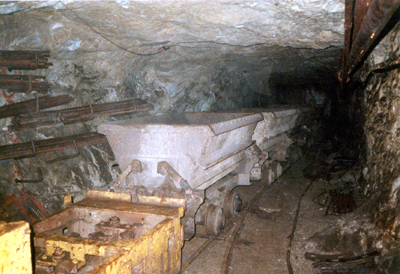 |
 |
 |
Margarosanite (from FOMS)
A beautiful margarosanite specimen from the B. Kreiderenter collection from the world famous Franklin Zinc mine, Parker Shaft.
Named in 1916 by William Ebenezer Ford and Walter Minor Bradley from the Greek for "pearl" and "tablet," in allusion to the pearly luster and lamellar structure of the crystallized material. The original specimens were found in 1898, but the mineral remained unnamed for nearly 18 years.
Location Found: Franklin (Type Locality)
Year Discovered: 1916 Formula: Pb(Ca,Mn2+)2(Si3O9) Essential Elements: Calcium, Lead, Oxygen, Silicon All Elements in Formula: Calcium, Lead, Manganese, Oxygen, Silicon IMA Status: Valid - first described prior to 1959 (pre-IMA) - "Grandfathered" Fluorescent Mineral Properties
Shortwave UV light: Bright pale blue, often with red zones, less often with white and pink zones Mid wave UV light: Moderately bright red, orange Longwave UV light: Weak red, orange References:
Frondel, Clifford (1972). The minerals of Franklin and Sterling Hill, a checklist. NY.: John Willey & Sons. p.67
Shipping and Insurance
Within the USA $14.00 - we ship all specimens US Postal Service Priority Mail.
If you require any other method of shipping please contact us. 1st Class International USPS Mail is about $33.50 depending on the destination country.
Payment
Payment is required within 7 days of the end of the auction. We Accept Pay Pal. Multiple items can of course be combined for one shipping cost. We ship all specimens upon receipt of payment. Pay us Instantly and Securely with Pay Pal - fast, easy, and secure payments for all of your purchases! .
About Us
We have donated many hundreds of amber specimens to museums in the United States and have several dozen new species of insects in amber named after us. We have examined several thousand specimens of rough Burmese amber and have prepped many new Burmese fossil amber specimens. We have traveled to Europe with colleagues to examine unusual spectacular Dominican Amber specimens in private collections and we consider the amber curators of the museums in Santo Domingo, Puerto Plata and New York City our friends. Exploring for and collecting amber along with the examination and research of amber is our passion.
We filmed extensively underground at the Sterling Hill Mine in the early 1990's before the mine flooded. This was the last hard rock mining in New Jersey. We are fascinated by the mining history, the mining methods, all the miners that worked underground and also the fascinating minerals found at both the Franklin Mine and the Sterling Hill Mine
We have also been collecting amber in the field and prepping rough fossil amber specimens since 1993. Photographs of our specimens have appeared in National Geographic, Nature, Science, Scientific American, Discover, Time, Newsweek, The New York Times and others. We have been featured in BBC’s production, PaleoWorld's The Amber Hunters. We offer authentic museum quality Dominican and Burmese (Burmite) Amber display specimens of rare insects in amber and also authentic rare rough unprepared amber for sale. We have traveled many times to the Dominican Republic where we have chiseled beautiful amber gemstones out of the lignite layers deep in the amber mines north of Santiago. We have excavated in the Palo Quemado and Los CaCaos blue amber mines and also in La Nueva Toca and the world famous La Toca amber mines way up in the mountains north of Santiago. For many years we have extensively collected mid Cretaceous New Jersey amber in the Raritan formation of central New Jersey and have traveled many times to collect late Cretaceous and early Paleocene amber in the Hanna formation of eastern Wyoming. We have collected mid Cretaceous amber in the Black Creek formation of eastern North Carolina and we have spent weeks collecting mid Cretaceous amber in the northern most Tundra of Alaska. Some of our collecting trips have been in October of 2003 to the western Aleutian Islands some 1000 miles west of Anchorage to explore and collect Miocene amber, August of 2004 and April of 2006 we were back in the Dominican Republic to collect Miocene amber from the Palo Quemado amber mines which have recently closed due to the miners finding little amber, we were back to the Dominican Republic in April of 2006 to video in the La Toca amber mines, and in August of 2007 we excavated in La Toca and La Bucara. We’ve collected Eocene amber in western Indian in the Cambay amber formation. We've done excavations in the Dominican Republic in 2012, 2014, and 2016. Most Recently we have just returned from 2 collecting trips to a Eocene amber deposit in the southern United States in 2017 and in late summer 2018 we revisited a historic amber site in the south east that we've collected at in the 1990's. We were at the 8th International Conference on Fossil Insects, Arthropods & Amber in Santo Domingo Dominican Republic in April 2019 where there were many amber/insect researchers from all over the world there and some gave fantastic talks on fossil insects and amber - great stuff! We were last back in the Dominican Republic in September 2019 before the pandemic at the Los CaCaos and La Cumbre amber mines. Most recently we returned to a historic Eocene amber deposit in the southern United States in May of 2021. We have many trips coming up despite the pandemic restrictions.Sterling Hill and Franklin Zinc Mines
from wikipedia ..."The Sterling Hill Mine, now known as the Sterling Hill Mine Tour & Museum of Fluorescence, is a former iron and zinc mine in Ogdensburg, Sussex County, New Jersey, United States. It was the last working underground mine in New Jersey when it closed in 1986, and it became a museum in 1989. Along with the nearby Franklin Mine, it is known for its variety of minerals, especially the fluorescent varieties. It was added to the National Register of Historic Places in 1991.Mining began at the site in the 1630s, when it was mistakenly thought to be a copper deposit. George III of the United Kingdom granted the property to William Alexander, titled Lord Stirling. Stirling sold it to Robert Ogden in 1765. It went through several owners until the various mines were combined into the New Jersey Zinc Company in 1897. The mine closed in 1986 due to a tax dispute with the town, which foreclosed for back taxes in 1989 and auctioned the property to Richard and Robert Hauck for $750,000. It opened as a museum in August 1990.
Franklin Furnace, also known as the Franklin Mine, is a famous mineral location for rare zinc,[1] iron, manganese minerals in old mines in Franklin, New Jersey, United States. This locale produced more species of minerals (over 300) and more different fluorescent minerals than any other location. The mineral association (assemblage) from Franklin includes willemite, zincite and franklinite.During the mid-to-late 19th century the furnace was the center of a large iron making operation. Russian, Chilean, British, Irish, Hungarian and Polish immigrants came to Franklin to work in the mines, and the population of Franklin swelled from 500 (in 1897) to over 3,000 (in 1913).
The Furnace mine which was adjacent to the actual furnace, was a 120+ foot vertical shaft just under Franklin Falls. Other rare minerals include esperite, clinohedrite, hardystonite, and others. There are scores of minerals found only here, such as johnbaumite (an arsenous apatite), mcgovernite, etc. Sterling Hill, a very similar zinc orebody, is located a few miles away in Ogdensburg.
Geology
The ore bodies at the Sterling Hill mine lie within a formation called the Reading Prong massif; the ores are contained within the Franklin Marble. This was deposited as limestone in a Precambrian oceanic rift trough. It subsequently underwent extensive metamorphosis during the Grenville orogeny, approximately 1.15 billion years ago. Uplift and erosion during the late Mesozoic and the Tertiary exposed the ore bodies at the surface; the glaciers of the Pleistocene strewed trains of ore-bearing boulders for miles to the south, in places creating deposits large enough to be worked profitably.In the area of the Franklin and Sterling Hill mines, 357 types of minerals are known to occur; these make up approximately 10% of the minerals known to science. Thirty-five of these minerals have not been found anywhere else.[9] Ninety-one of the minerals fluoresce. There are 35 miles (56 km) of tunnels in the mine, going down to 2,065 feet (629 m) below the surface on the main shaft and 2,675 feet (815 m) on the lower shaft. As of 2017, other than the very top level of the mine (<100 ft), the entire lower section has been flooded due to underground water table and hence no longer accessible. The mine remains at 56 °F (13 °C) constantly.
Museum
The tour spends about 30 minutes inside the Exhibit hall which contains a wide variety of mining memorabilia, mineralogical samples, fossils, and meteorites. It then leads into the mine for a 1,300 feet (400 m) walk on level ground through the underground mine. The walk goes through a new 240 feet (73 m) section called the Rainbow tunnel which they blasted in 1990 using 49 blasts and at a cost of $2 a foot. In the Rainbow room, short wave UV lights are turned on to demonstrate the entire tunnel and various samples glowing with fluorescence. The mine is also home to the Ellis Astronomical Observatory, the Thomas S. Warren Museum of Fluorescence, and a collection of mining equipment.
The museum periodically arranges public mineral collecting sessions as well as more private and behind the scene events for local geology clubs."
Franklin Mine Mill Site (from mindat.org)
"This is not a mineral occurrence locality. It is now the site of an apartment complex for senior citizens built in 2007. All material formerly on this dump has been mechanically sieved and removed and put in a special area at the Franklin Mineral Museum. This is an excellent example of conservatory co-operation between a construction company and the Franklin Mineral Museum.
This locality was a mineral dump near the end of Mill Street and abutting the ore railroad tracks entering theformer Palmer #2 Mill. The "Mill Site dump" was known for many years previous to the apartment building construction and supervised field trips were permitted in the mid-1980s. During the construction of the apartment building, the dump was sieved using a 5 x 5 cm grid shaker and all of the mineral specimens of "usable" size were trucked to the Franklin Mineral Museum property, where these minerals are now being added to the collecting site where museum members and visitors are receiving controlled access to the minerals, thus ensuring that fresh minerals are available to mineral collectors and by extension adding to the long-term vitality of the Franklin Mineral Museum's facilities.
The historical lore of the Mill Site Dump is that the final approach to the Palmer #2 Mill (built in 1898) was over a trestle about 8-12 meters from the rails to ground level. Allegedly, the trestle shifted and was perceived as unstable and management ordered a rapid dumping of rock to bring the fill level up to the railroad tracks and thus avert a long term mill shutdown. Lore further suggests that the ore picking table in the Mill was reversed so that any rock in the Mill was diverted back to the trestle supports. Further shipments of blasted rock of all kinds, both dump-grade and ore-grade, were taken from the Parker Shaft and elsewhere to fill the entire depression up to track level. The presence of margarosanite, hardystonite, and other desirable species that have been recovered from Mill Site rock supports the folklore."